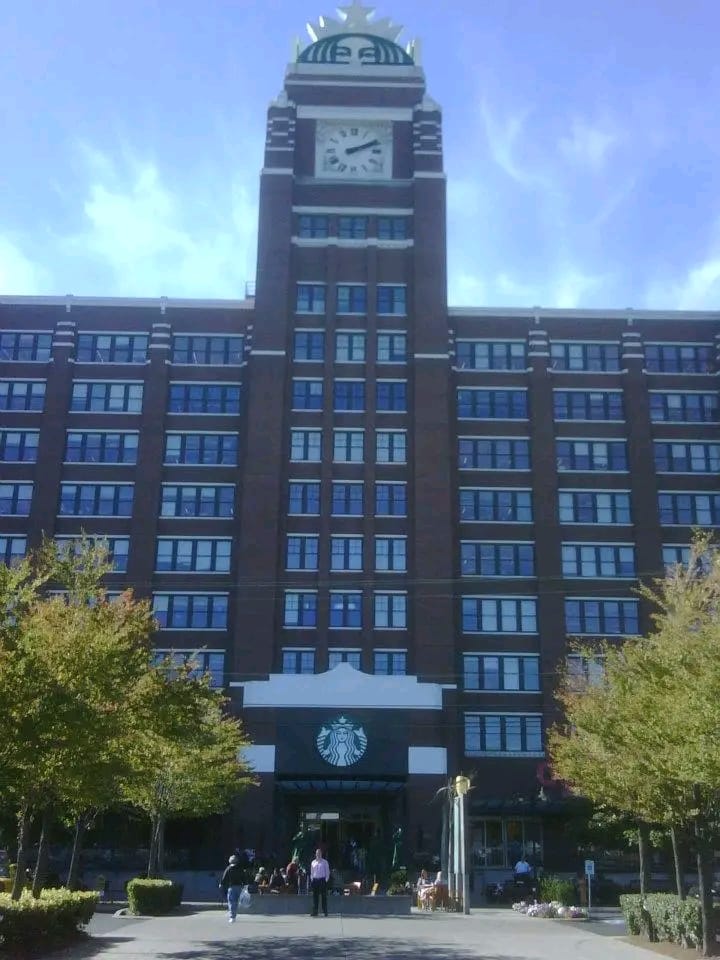An article by MD James Murray
Richard Hayes, Amazon’s Grocery Vendor Manager Lead, joined us at our recent client day in Nottingham, along with Tony Harris (Head of EU Amazon Consumables Supply Chain), Tom Gorrard Smith (GSCOP Lead), and Ravi Shokeen (Head of EU Mass Vendor Management). It was a real privilege to have these industry leaders speak directly to our vendors and sellers. Even better, they made time before the event for some informal chats with our Vendors. These have already led to some incredibly productive follow-ups.

When Richard took the mic, he spoke with real passion about Amazon’s optimism around consumables. Yes, the future looks bright, but he didn’t shy away from the challenges. At the time, Amazon’s UK bricks-and-mortar team was in consultation, and the future of checkout-less shopping was under review. You might expect that to dampen Amazon’s grocery ambitions, but not at all. The bounce-back and clarity of vision Amazon brings to consumables is as strong as ever.
MinsterFB – Rooted in Amazon Consumables
We set up MinsterFB back in 2011 following an invitation from Amazon’s then Head of Grocery Bram Duchovny. He took what was a grocery consultancy project and persuaded me that we could achieve the same outcomes by switching to an agency model. Amazon could support growth in consumables without directly paying for the work we delivered on their behalf. I took the leap, and within a week Bram had arranged meetings in Seattle with American Amazon agency owners who had already cracked the model. Armed with that insight, we came back to the UK and got to work. Today, we’re proud to support the global brand ambitions of our clients across Amazon Vendor and Seller.


Over the past 14 years, I’ve heard the mantra evolve: “Amazon needs the consumables business if it’s ever going to grow above $100Bn”. Then “above $400Bn”. And now, more modestly, “Amazon needs consumables if it’s going to grow”. Throughout that time, we have thrown ourselves into initiatives like Amazon Pantry, Dash Buttons, Prime Now, and Add-ons, championing each one with enthusiasm. We then watched with mixed emotions as they fell by the wayside.
Amazon Fresh

One of our biggest investments has been in Amazon Fresh. We partnered with Booths Supermarkets to launch a full fresh offering in 2017. When Fresh bricks and mortar stores followed, they were a bit different. They had a completely separate supply chain and didn’t need Vendor involvement until recently. So, while it looks like those stores may be closing soon, it’s not quite the business model reversal for us that it might have been.
One of my favourite moments in Amazon’s grocery journey was when they didn’t jump on the quick commerce bandwagon. For a while, the industry obsessed about getting products to people via scooters from dark stores in 15 minutes. Amazon stayed focused, and our business breathed a sigh of relief – avoiding the boom-and-bust that distracted so many. The recent integration of GoPuff into the third-party model is wild, but thankfully not something Amazon or our suppliers need to react to operationally.
Amazon Consumables – The future
Back to Richard. He brought us up to speed with Amazon’s latest plans, referencing a press release from 23/9/25. Over the next 18 months, consumables are set to benefit massively from a continued shift toward same-day and next-day, scheduled mixed temperature delivery. A new, limited range of chilled and frozen products will be rolled out to more Fulfilment Centres and included in scheduled core ambient deliveries. It isn’t going to happen overnight. It is infrastructure-led so will have to prove itself as it moves forward. But I believe, unlike some past efforts, this one has the makings of a sustainable business model.
A key part of this will be how it’s presented on-site—especially what happens with the buy box and how that compares to the current situation where buy boxes have been taken by Morrisons, Tegut, Monoprix and other of Amazon’s third-party retail partners. If this can be done whilst keeping all of these routes available without confusing the shopper, growth is guaranteed.
The other big play we will all be keeping an eye on is the “cases vs singles” issue. For so many Amazon shoppers and brands cases are the only thing that makes sense, but cases can go from convenient to ridiculous depending on the shopper journey. Tony Harris envisaged a future where shoppers can choose either, with all the GDSN data pulled together seamlessly. How that looks in pick bays and dispatch remains the big question. It’s hard to imagine a situation where Amazon keep two SKUs for every item. That’s the kind of detail that drove a substantial part of the difference between Fresh and Core for ambient products. Resolving this could make or break the vision.
In the meantime we will push on with the opportunities in front of us which are delivering incredible growth for our branded clients where ever Amazon operates.